The Labyrinth of the Soul: Characters And Internal Conflict
In the realm of fiction, conflict reigns supreme. It is the engine that drives the narrative, the spark that ignites the reader's imagination. While...
2 min read
 Writing Team
:
Sep 22, 2023 5:00:22 PM
Writing Team
:
Sep 22, 2023 5:00:22 PM
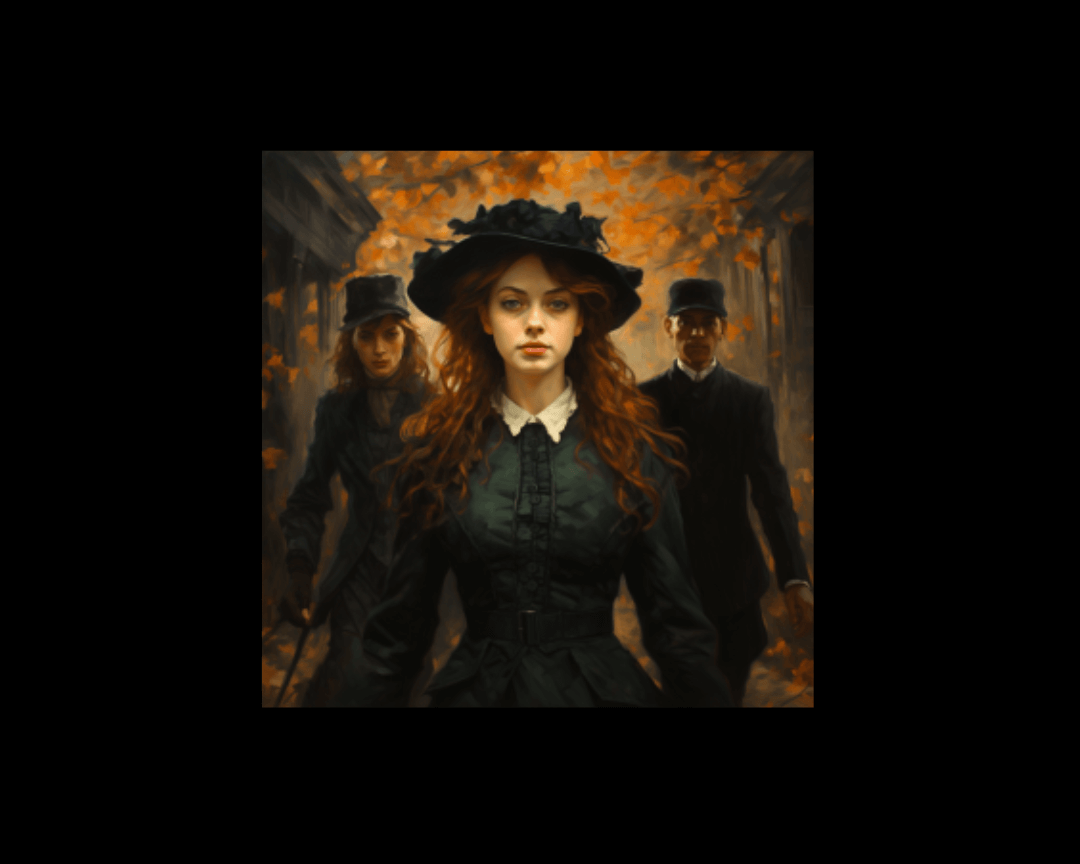
Have you ever found yourself rooting for a character who seems to revel in their own flaws and questionable choices? Welcome to the world of antiheroes, those enigmatic protagonists who blur the lines between hero and villain.
This article covers what it takes to craft an antihero that commands readers' attention and sympathy. Read on to dive into the morally ambiguous realm of antiheroes to find out how to make them irresistible.
Feel free to play Taylor Swift's "Anti-Hero" in the background.
An antihero is different from a villain. An antihero is a character who, despite occasional virtuous acts, often acts for the wrong reasons. In most stories, the protagonist follows the hero's journey. They face trials, embrace a mentor, and typically prevail.
But what if your protagonist isn't a traditional hero? What if they're someone decidedly anti-heroic?
While they may occasionally perform virtuous acts, antiheroes, more often than not, act for the wrong reasons. They are complex figures whose motivations often lie in a murky gray area between self-interest and a twisted sense of justice.
When we look at the world of antiheroes, we step into a narrative landscape where the lines between right and wrong are blurred. These characters challenge our preconceived notions of heroism. They force us to confront the messiness of human nature.
In their imperfections and questionable choices, antiheroes mirror the contradictions within all of us.
Examples of antiheroes abound in literature and pop culture. Let's look at a few.
Walter White is a prime example of an antihero. He starts as a mild-mannered chemistry teacher but transforms into a drug kingpin. Walter's actions are morally questionable, yet we find ourselves strangely drawn to his character. This allure arises from the intricate layers of his character development and the moral dilemmas he faces throughout the series.
Achilles, the legendary Greek warrior in Homer's epic poem, possesses remarkable prowess in battle but is also known for his pride and stubbornness. While he may not fit the traditional hero mold due to his flaws, his complex character and internal struggles make him a compelling antiheroic figure.
Tony is a mob boss, plain and simple. He does some pretty unsavory stuff. Yet, we can't look away.
These characters aren't perfect. Yet, we're drawn to them, even though they might seem like villains from a different perspective.
Antiheroes compel readers to step into their shoes and view the world through their morally ambiguous lens. These characters often possess deep flaws rooted in traumatic past experiences. It's crucial to uncover these dark histories to make your antihero relatable, even if they're not entirely likable.
One way to do this is to reveal the source of their flaws. When you do this, you invite readers to empathize with your antihero, to understand the motivations behind their questionable choices.
This connection encourages readers to become emotionally invested in the character's journey, regardless of whether they agree with their actions or not.
Antiheroes often have both "save the cat" moments (acts of kindness) and "kill the cat" moments (acts of cruelty). Balancing these extremes can create cognitive dissonance in readers and compel them to engage with your antihero on a deeper level.
This is a powerful storytelling tool. It compels readers to engage with your antihero on a deeper level. They become emotionally invested in the character's internal struggle. They'll wrestle with their own moral judgments and question where they stand on the character's actions.
Be cautious about falling into harmful stereotypes when crafting antiheroes. Characters with disabilities or visible scars should be developed with sensitivity. Avoid clichés like the tragic past that drives their antiheroic actions. Instead, use their flaws to explore deeper themes.
Antiheroes naturally lead to themes of justice, morality, and fairness. They often confront the consequences of their actions, prompting introspection. Consider what your antihero represents within your story world and how their journey might conclude—redemption, sacrifice, or further descent into villainy.
Writing an antihero is a rewarding challenge. It's an opportunity to create characters who leave an indelible mark on readers' hearts and minds.
Embrace the enigmatic, and craft a character we'll love to hate.
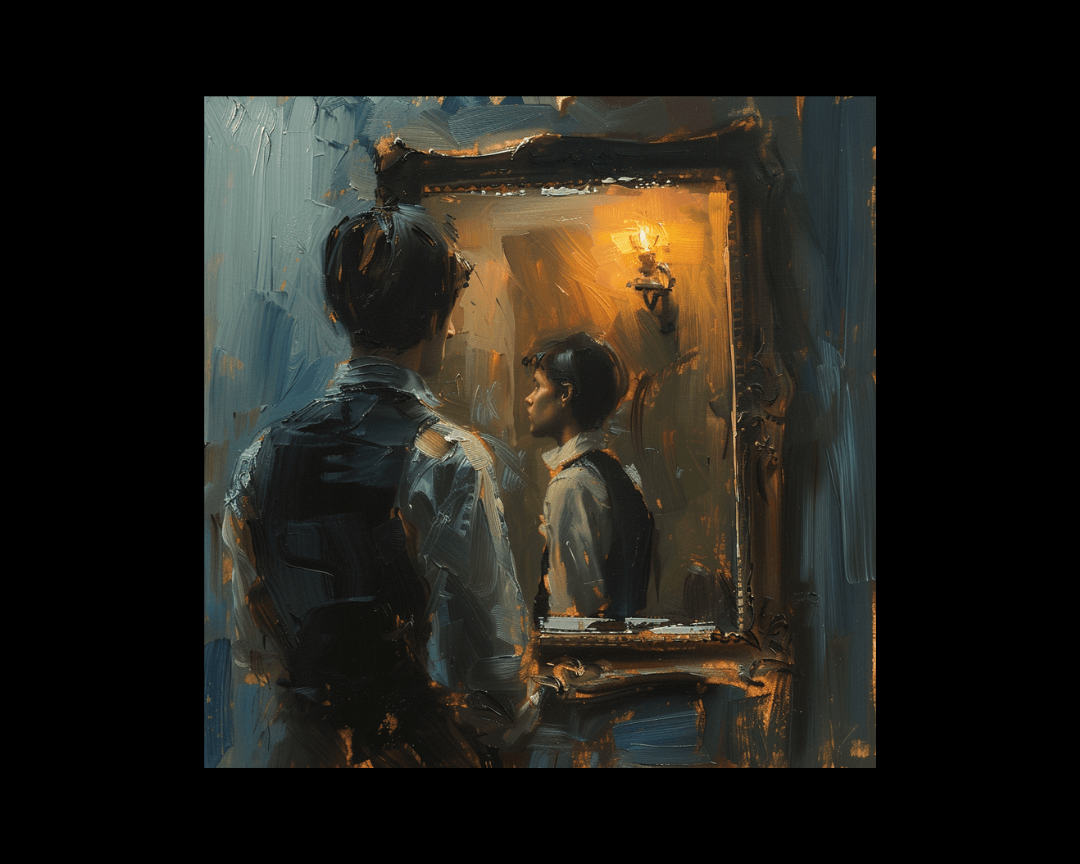
In the realm of fiction, conflict reigns supreme. It is the engine that drives the narrative, the spark that ignites the reader's imagination. While...
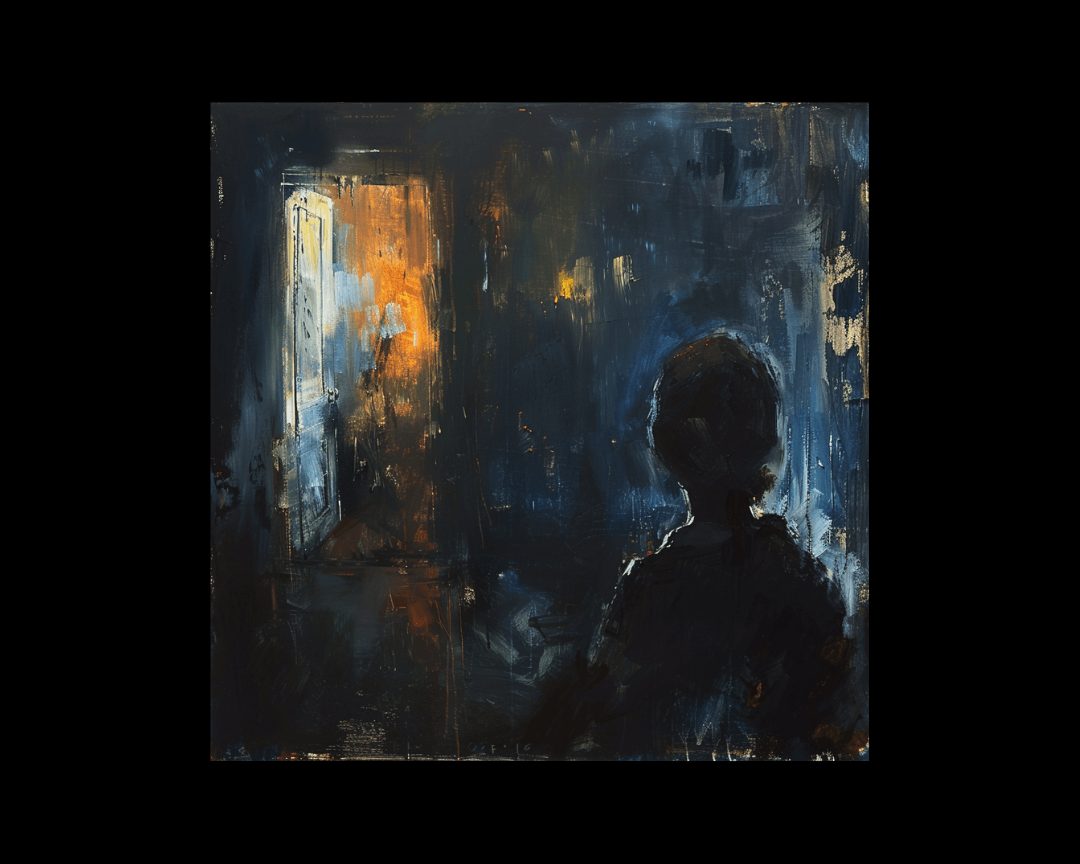
The Challenge and the RewardIn storytelling, the protagonist's journey often takes center stage. Readers watch, transfixed, as characters navigate...
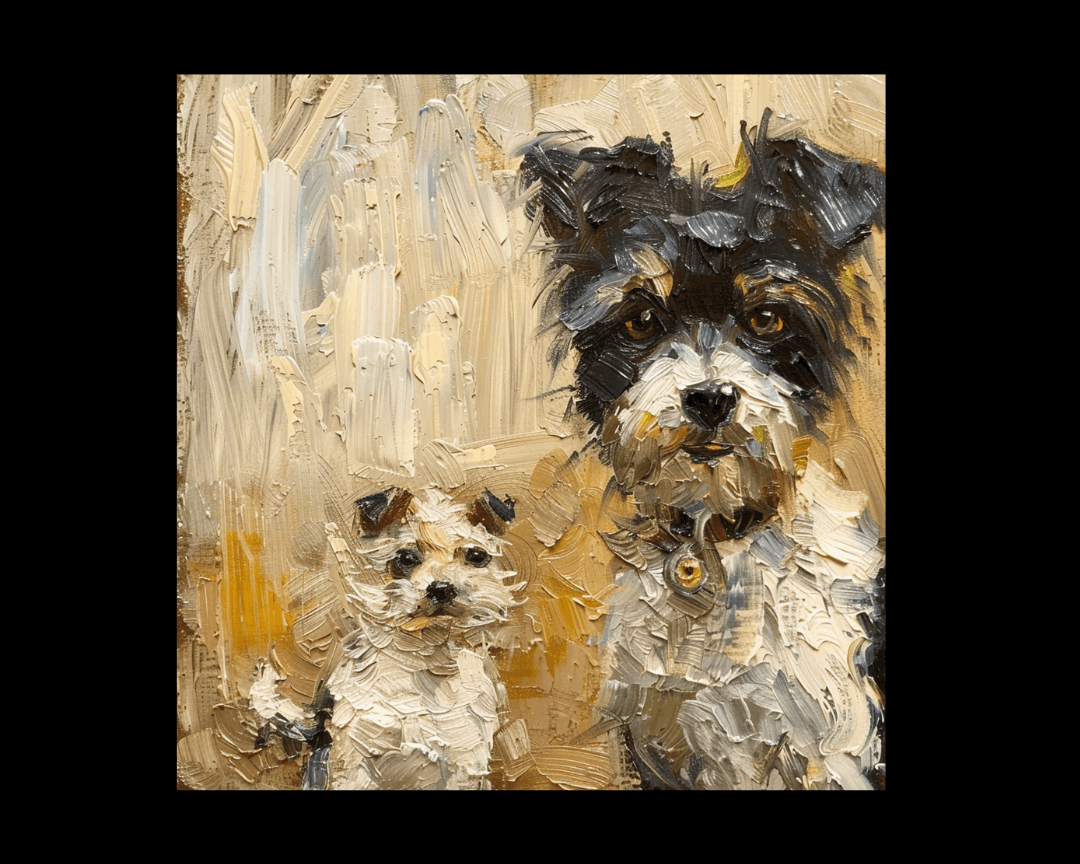
The significance of a well-crafted sidekick in storytelling cannot be overstated. These characters, whether the best friend, sassy co-worker, or...